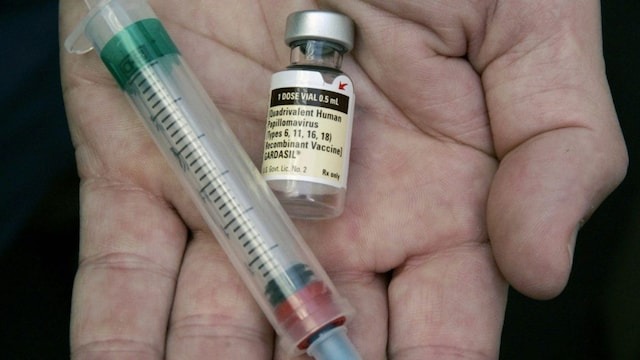
New Delhi: What should have been a week of love and celebration has instead been tainted by disturbing cases of ragging that have emerged from Kottayam and Kannur in Kerala.
In Kottayam, five third-year medical students from a prestigious government nursing college were arrested for brutally assaulting first-year students—a practice that had reportedly been ongoing since October 2024. Victims allege they were not only subjected to physical torture but also forced to buy liquor for their seniors every week. The arrests have been made, expulsions have followed, and authorities have seized a viral video clip exposing the horror.
Meanwhile, in Kannur, five Class 12 students were booked for beating a junior so badly that he suffered a fractured hand. His crime? Not showing enough respect to his seniors.
While investigations are underway in both cases, the larger question remains:
Why do such horrific incidents continue to occur in Indian educational institutions?
Why are most ragging cases reported from medical colleges?
Medical Education in India: A Breeding Ground for Ragging?
Ragging is not a new menace, but medical colleges seem to be at the epicenter of such incidents.
A 2019 report from the Medical Council of India (MCI) revealed that over 73 ragging complaints had been filed since 2015-16. These were cases that reached the MCI directly, excluding those handled internally by college administrations and police.
With the government expanding medical education, the number of seats in medical colleges has increased. Union Health Minister JP Nadda stated in 2024 that:
- Medical seats rose by 8.07% in one year, from 706 in 2023-24 to 766 in 2024-25.
- MBBS and PG seats have surged by 125% and 127% respectively, between 2013-14 and 2024-25.
But is this expansion enough? Over 2.3 million students appeared for NEET 2024, vying for a handful of seats. With just 766 medical colleges, competition is cutthroat, pushing students into high-stress academic environments.
Medical education is one of the toughest disciplines, with students dedicating:
5.5 years for MBBS
3-7 additional years for postgraduate specialization
This academic intensity, experts suggest, may be a root cause behind increasing ragging cases in medical institutions.
The Connection Between Stress and Ragging
Experts do not dismiss the institutional culture of dependency in medical education:
Juniors rely on seniors for practical learning, guidance, and mentorship.
This academic hierarchy can lead to toxic power dynamics.
Seniors, who once suffered ragging themselves, see it as a "rite of passage."
But this mentorship dynamic alone does not justify physical and mental abuse.
A JNU study, ‘Psychological Study of Ragging’, analyzed media reports and found that:
44% of ragging cases were reported in medical and engineering colleges.
50% of cases occurred in hostels and student accommodations.
Dr. Gangadhar Tripathy, former director of AIIMS New Delhi, explains the psychological aspect:
“As medical students progress, academic pressure builds up. Many have no outlet for their stress, as their world is confined to the campus and its students. In such an environment, ragging becomes a release for frustration rather than just an ‘institutional tradition.’”
The reality is grim: Ragging is not just about dominance—it’s a consequence of deep-seated stress in medical education.
What Can Be Done?
Stricter Anti-Ragging Laws: Institutions need zero-tolerance policies with swift legal action against offenders.
Academic Pressure Regulation: Colleges must introduce mental health programs and student support systems to manage stress.
Cultural Shift:
- Mentorship must replace ragging as a form of senior-junior bonding.
- Psychological counseling should be made mandatory in medical institutions.
Happier Institutions = Healthier Outcomes
A positive campus environment can prevent such inhumane acts. Empathy, not intimidation, should be the norm in medical colleges.
While the government and institutions must work towards curbing ragging, true change will only come when students refuse to perpetuate this toxic cycle.

 Desk
Desk Share
Share






